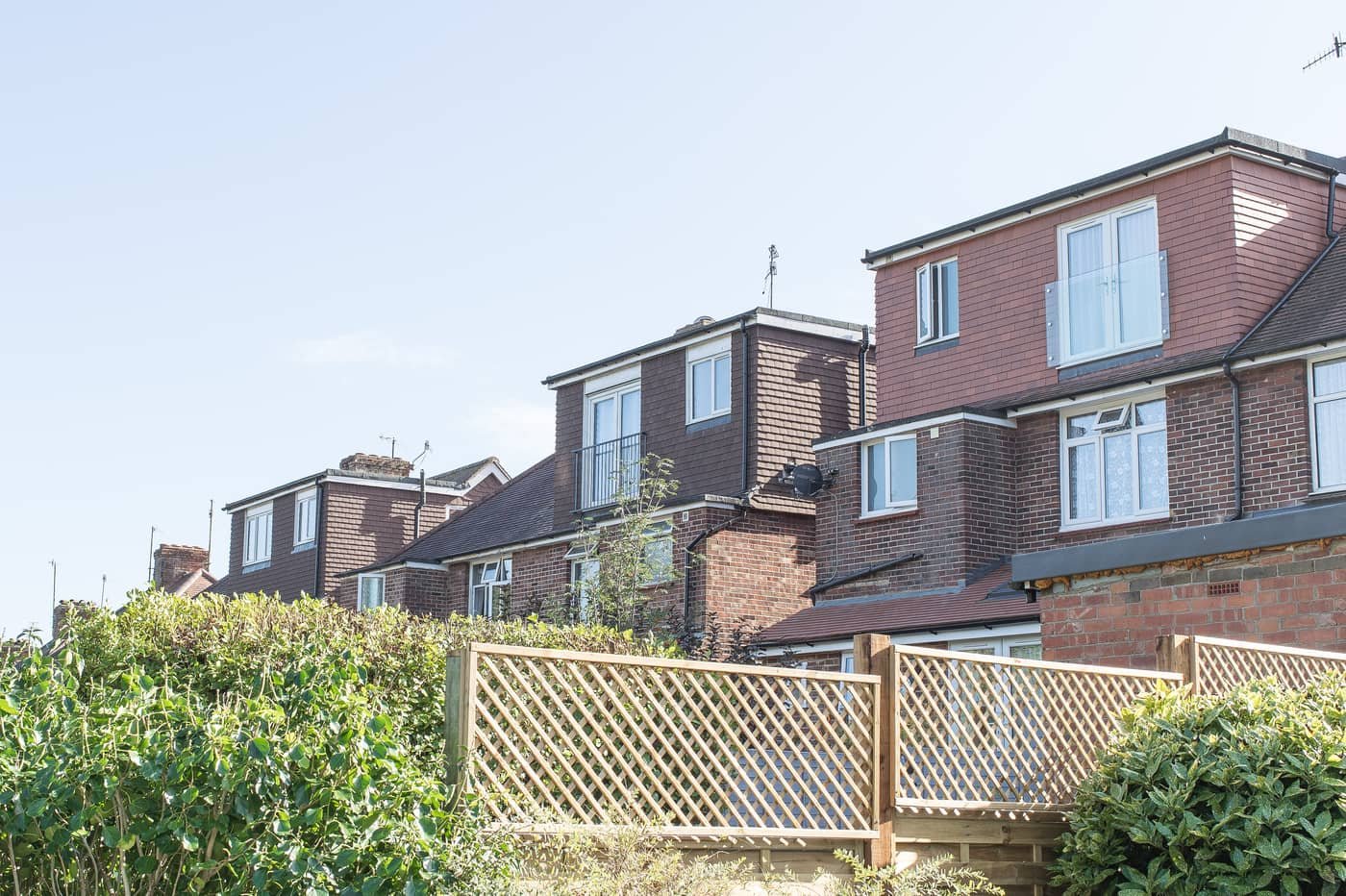Do you need planning permission for a loft conversion?
CLASSIC DORMER LOFT CONVERSIONS FOLLOWING PLANNING RULES IN THE UK
Knowing the planning rules for your project is key to understanding the limits of what is possible. Loft conversions is a popular type of project for a UK home as it uses existing space in a more useful way. But do you need planning permission for a loft conversion?
In this guide, we will explore the important planning rules to consider for loft conversion project, including how location, building type and conversion type can affect the process.
Types of Loft conversion
There are a handful of popular loft conversion types which suit the typical UK property, these include:
Loft only conversions - forming a conversion within the existing loft, these often have rooflights installed in the roof for light.
Dormer roof conversion - these increase the amount of usable space by create one or more dormers to allow for more head height.
Mansard roof or full roof extension - these aim to provide the most additional space to your loft.
Which conversion types require planning permission?
Each type of loft conversion creates quite a noticeable different from the inside but also on the outside. This means for a typical UK house you can expect the following:
Loft only conversions - covered by permitted development, you do not need planning permission.
Dormer roof conversion - covered by permitted development, you do not need planning permission.
Mansard roof or full roof extension - this will require planning permission.
What are permitted development rights?
Permitted development rights allow property owners to carry out certain types of building work without applying for planning permission.
This typically includes work such as:
Single storey rear extensions at to a maximum size.
Loft conversions
Dormer roof conversions.
Certain changes to the use of the building.
Permitted development rights do not cover all buildings however, particularly buildings in conservation areas, listed buildings and building with an article 4 directive.
Can I have a loft conversion in a conservation area?
Loft conversions in conservation areas are possible as well without planning permission, however it is important to check the following:
Some conservation areas have an article 4 directive, meaning you do need to apply for planning permission.
Depending on the conservation area, installed items such as rooflights may require planning permission.
Even if you do have permitted development rights, it is recommended that you still make a prior approval application to be safe in these areas.
Can I build a dormer roof conversion in a conservation area?
For anything larger than a loft conversion it is recommended that at least a prior approval application is sent. Normally a planning application for these projects is recommended where
Conservation areas have a strict material palette.
Conservation areas may ask for certain features in order to be in keeping with the local character
Do I need planning permission for a loft conversion in a listed building?
When it comes to listed buildings, it can be assumed that all but the most minor work will require planning permission (and listed building consent).
Listed buildings are much more difficult to gain planning permission for, when considering your loft conversion try to:
Retain as much of the existing loft as possible.
If you do need to remove items, try to remove non original pieces of the building.
Consider appointing a heritage consultant to advise you and help make your planning application.
Do I need any other information before I build my loft conversion?
Regardless of whether you need planning permission or not, you will still need to satisfy certain requirements before you build a legitimate loft conversion.
These are namely:
Assessing the existing condition of the loft with a survey.
Building regulations checks.
Technical design drawings.
Structural engineers calculations if required.
Check your property before you build
As seen in the guide, most UK properties allow you to build you loft conversion without planning permission, but always check your location and your property first! Your location and property may be different.

